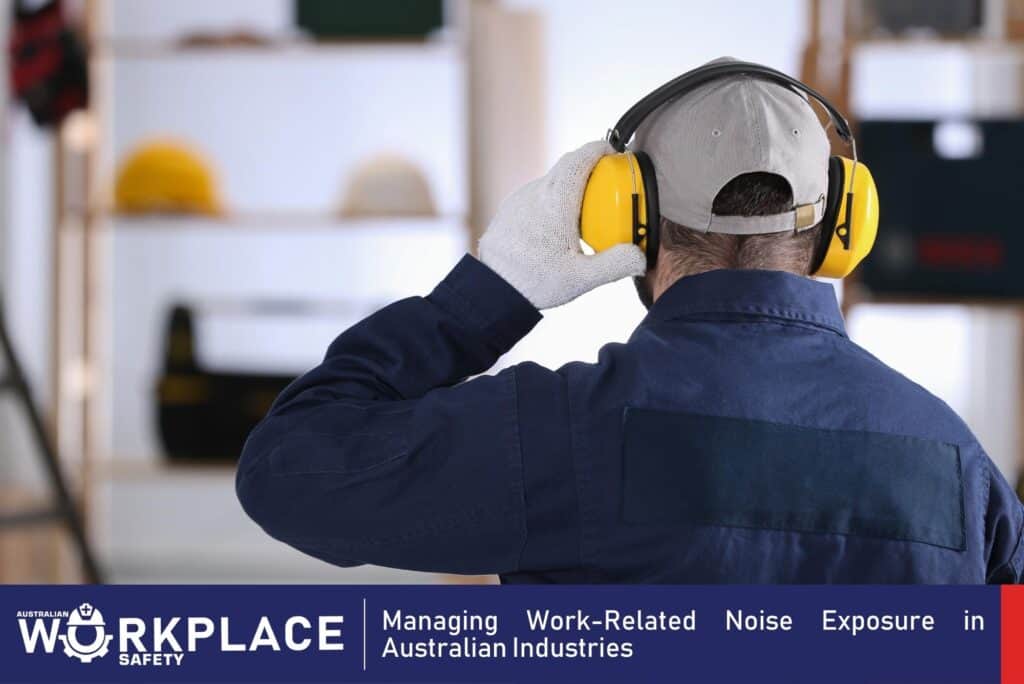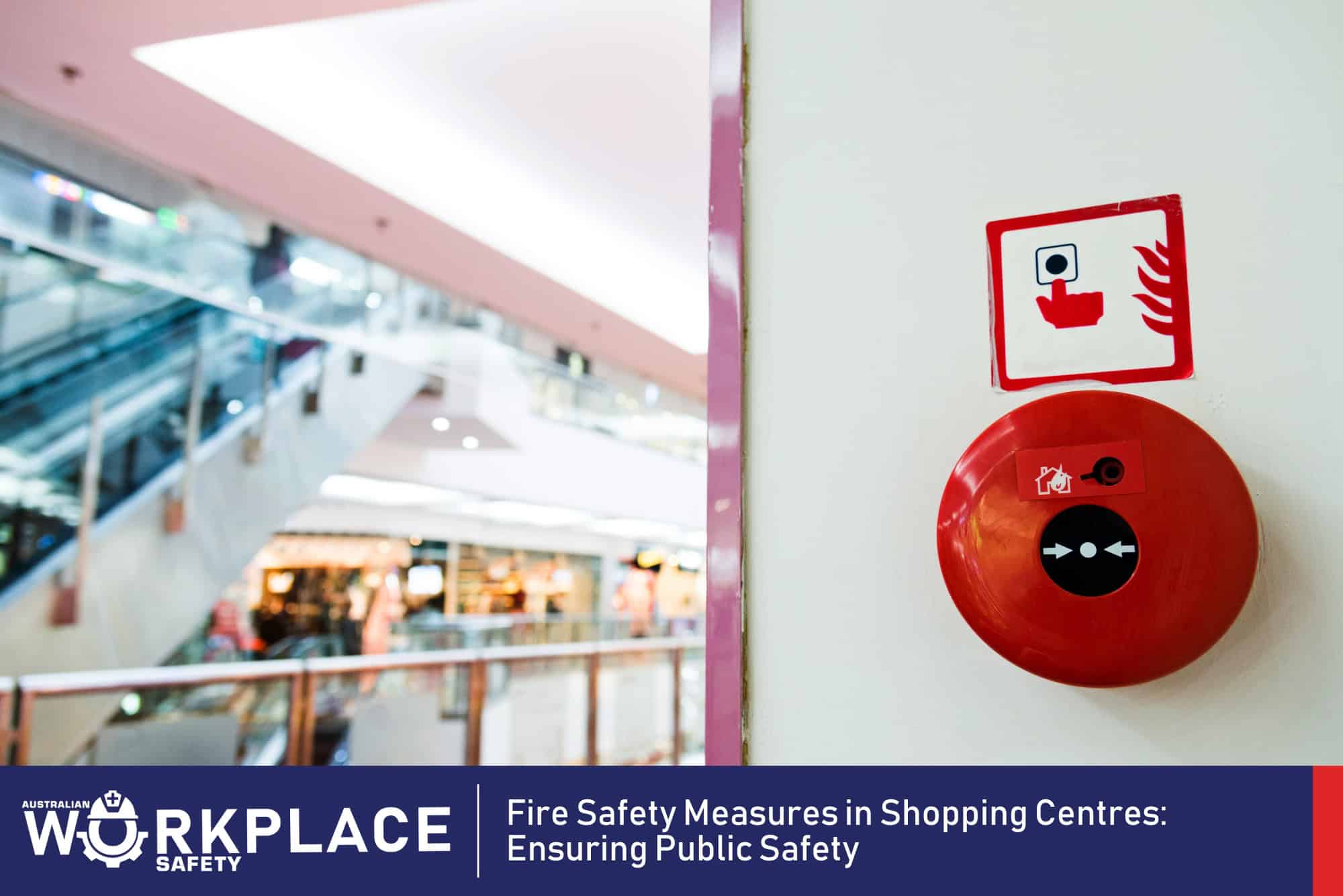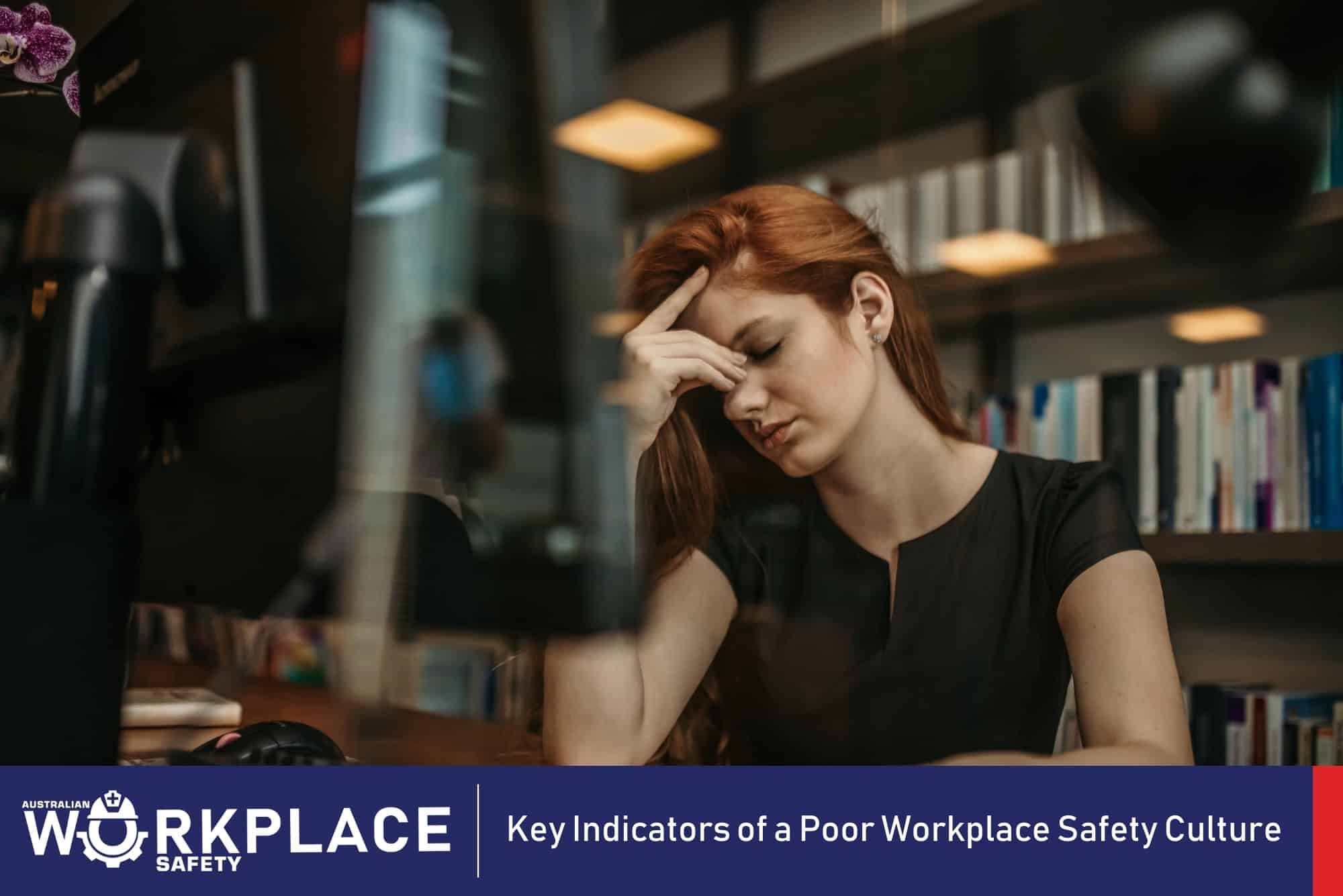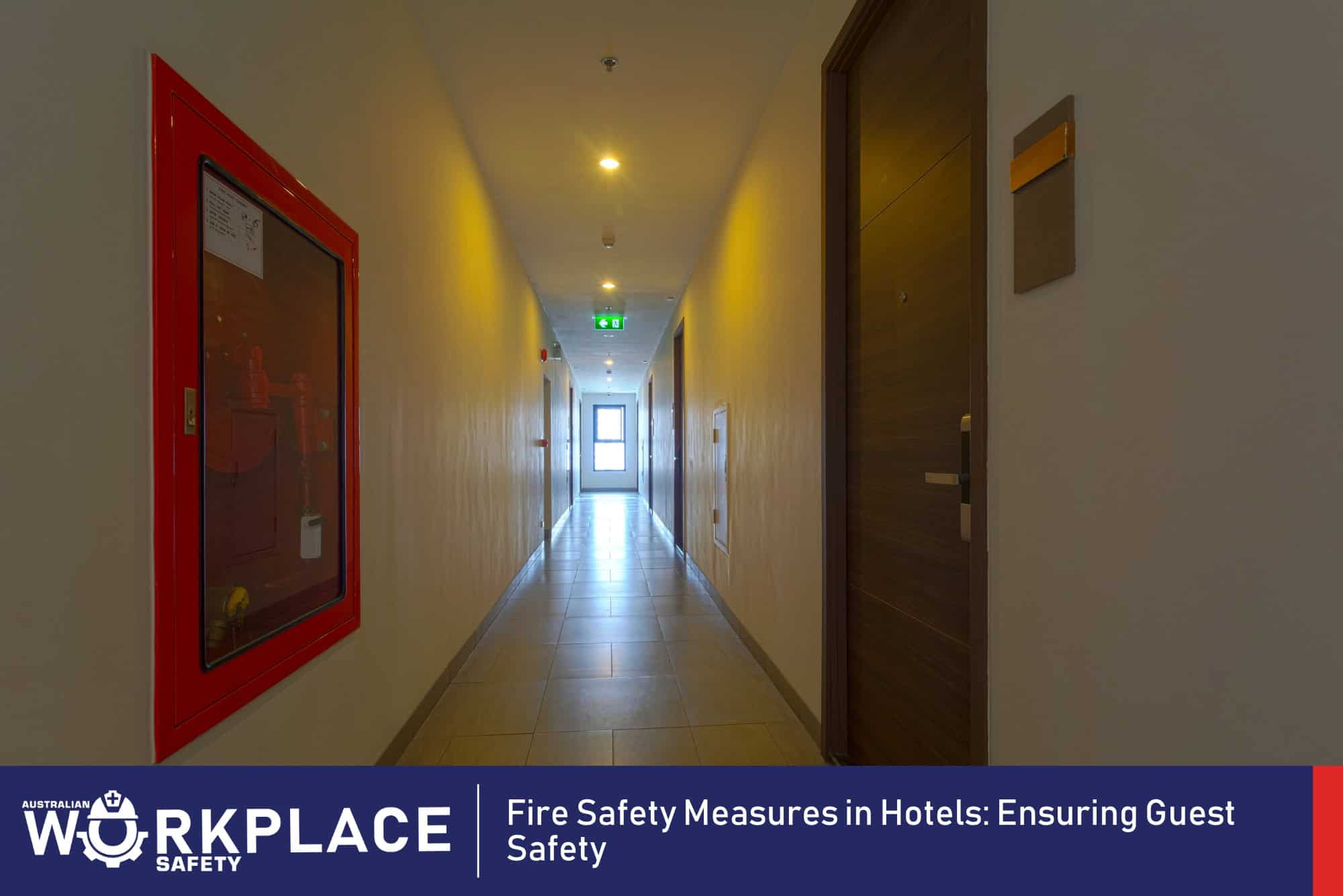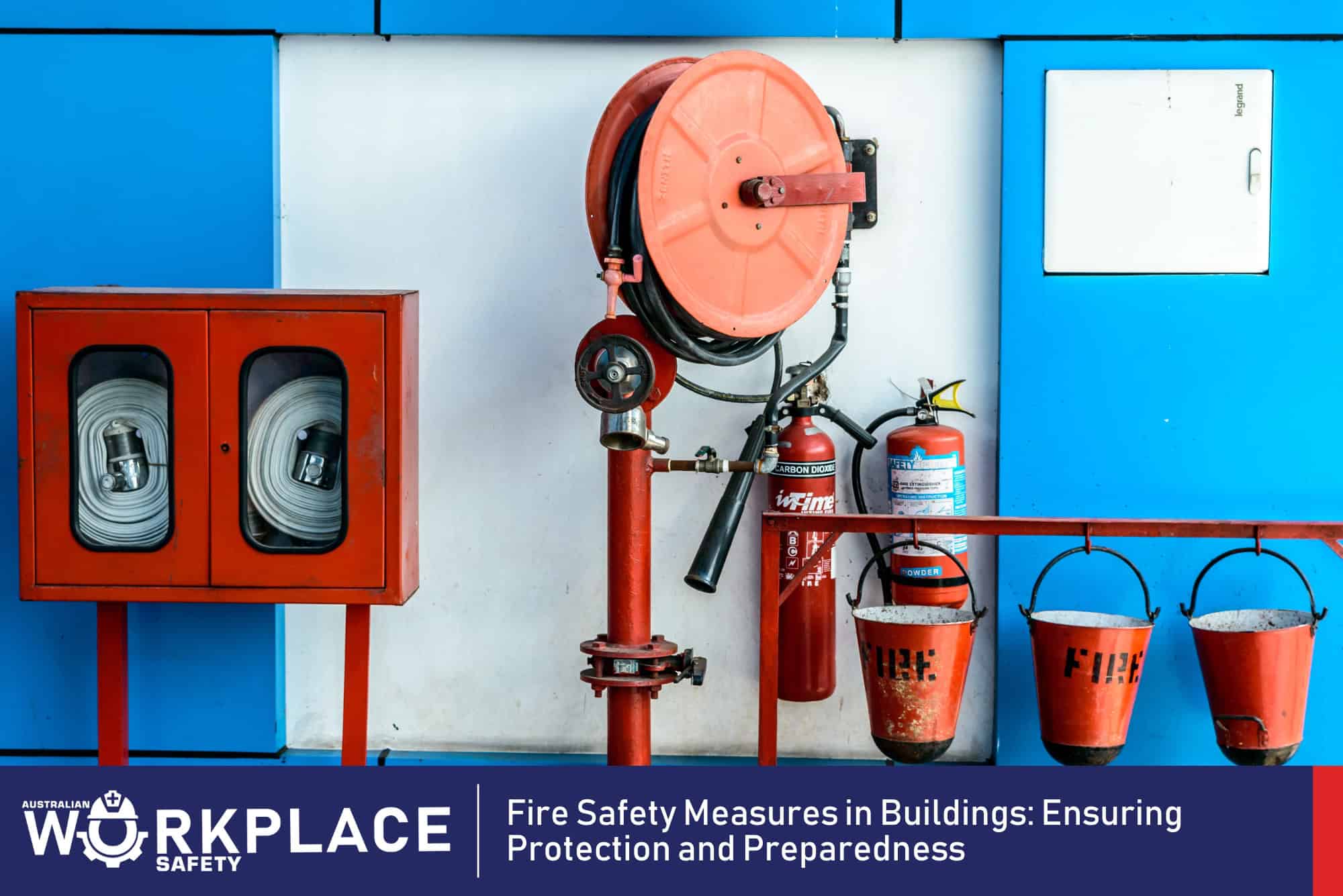Noise is a common occupational hazard in various industries across Australia. Prolonged exposure to excessive noise levels can lead to irreversible hearing loss and other health issues for workers. As a nation committed to workplace safety and the well-being of its workforce, Australia has established comprehensive regulations and guidelines to manage work-related noise exposure.
In this article, we will explore the importance of managing noise exposure, the impact of noise on workers’ health, and the strategies employed by Australian industries to safeguard their employees’ hearing.

Understanding work-related noise exposure
Work-related noise exposure occurs when employees are subjected to loud or continuous noise during their work hours. Industries such as construction, manufacturing, mining, and agriculture are particularly prone to high noise levels due to heavy machinery, equipment, and tools used in their operations. Prolonged exposure to such noise can cause hearing loss and related conditions, collectively referred to as Noise-Induced Hearing Loss (NIHL).
The impact of noise on workers’ health
Noise-induced hearing loss is a preventable yet irreversible condition that can significantly affect workers’ quality of life. It not only impairs their ability to hear and communicate effectively but also leads to social isolation and decreased job performance. Workers with NIHL may experience difficulties in understanding spoken instructions, engaging in conversations, and detecting warning signals, posing safety risks in the workplace.
Beyond hearing loss, excessive noise exposure can cause other health issues, such as tinnitus (ringing in the ears), stress, and fatigue. Prolonged exposure to high noise levels has also been linked to increased risk of cardiovascular problems, sleep disturbances, and reduced cognitive function.
Work health and safety regulations
Australia has comprehensive work health and safety regulations that address the management of work-related noise exposure. The model Work Health and Safety (WHS) laws, developed by Safe Work Australia, set out the legal responsibilities of employers and workers in safeguarding against noise hazards.
Under the WHS laws, employers have a duty of care to provide a safe work environment, which includes managing noise risks. Employers are required to identify and assess noise hazards, implement control measures to reduce noise exposure, and provide suitable personal protective equipment (PPE) where necessary.
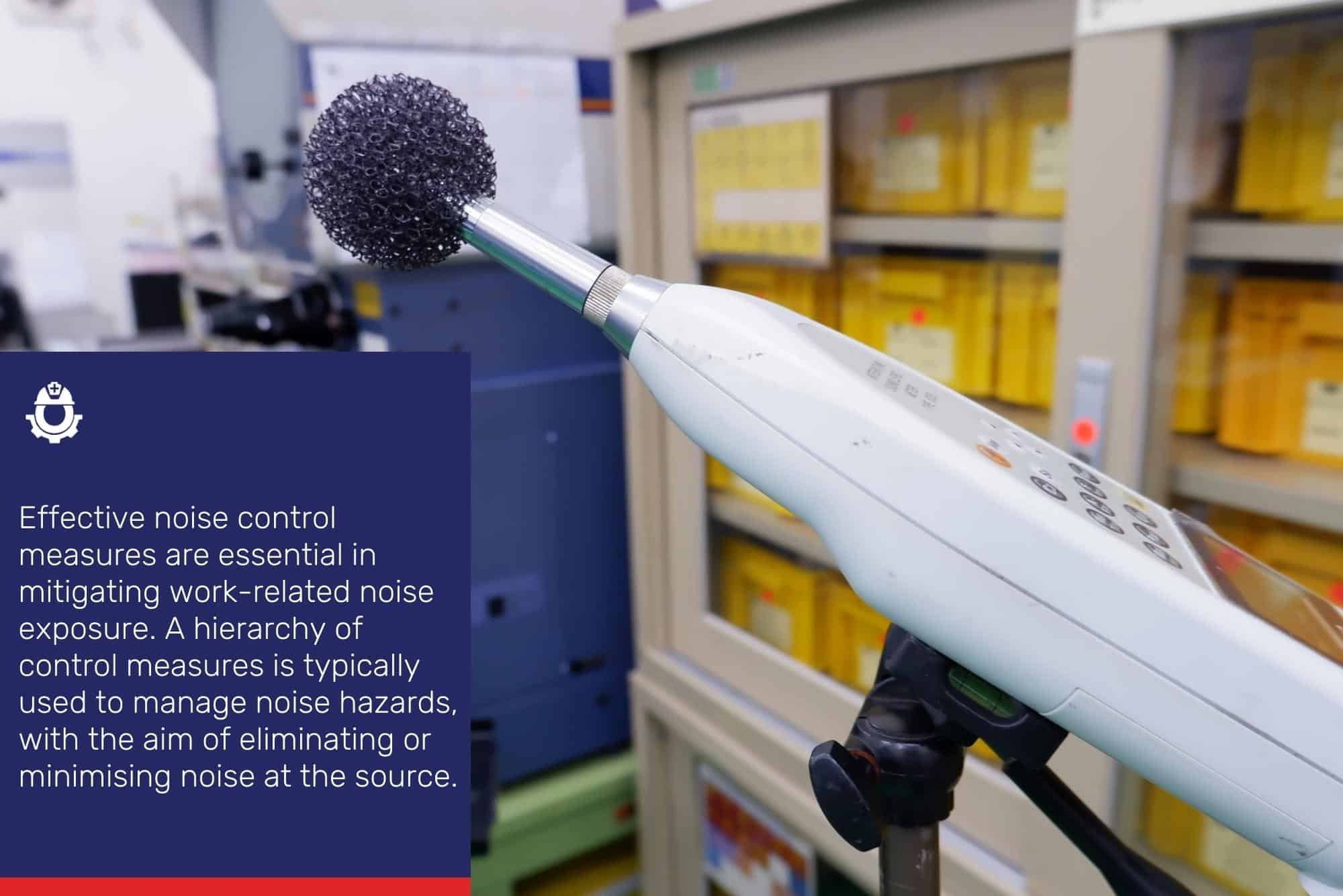
Noise control measures
Effective noise control measures are essential in mitigating work-related noise exposure. A hierarchy of control measures is typically used to manage noise hazards, with the aim of eliminating or minimising noise at the source. Some common noise control measures include:
Engineering controls
These involve modifying or replacing noisy equipment with quieter alternatives. Examples include retrofitting machinery with noise-reducing technologies, enclosing noisy equipment in soundproof enclosures, and using silencers on exhaust systems.
Administrative controls
These measures focus on changing work practices to reduce noise exposure. This may include implementing job rotation to limit individual exposure times, scheduling noisy activities during quieter periods, and creating designated quiet zones in the workplace.
Personal Protective Equipment (PPE)
While engineering and administrative controls are preferred, PPE such as earplugs or earmuffs can offer additional protection against noise exposure, especially in situations where other measures are not feasible.
Noise monitoring and audiometric testing
Regular noise monitoring is a crucial aspect of managing work-related noise exposure. Employers must conduct noise assessments to determine the noise levels in different areas of the workplace. This data helps identify high-risk areas and informs the selection of appropriate control measures.
Audiometric testing is another essential component of noise management programs. It involves regular hearing tests for workers exposed to high noise levels. These tests establish baseline hearing levels and detect early signs of hearing loss, allowing for timely intervention and preventive measures.
Training and education
Educating employees about the risks of noise exposure and the importance of using control measures is essential for creating a safe work environment. Employers should provide comprehensive training on noise hazards, the proper use of hearing protection, and the significance of audiometric testing.
Moreover, fostering a culture of safety where employees feel comfortable reporting noise-related concerns encourages early intervention and supports the success of noise management programs.
The role of industry bodies
Industry bodies and associations play a significant role in promoting noise management initiatives. They often provide guidance on best practices for specific industries and help disseminate information about effective control measures.
Collaboration between industry bodies, employers, and regulators ensures that the strategies employed are tailored to the unique noise challenges faced by different industries. This cooperation also helps share knowledge and experiences, contributing to the overall improvement of noise management practices.
The future of noise management
As technology continues to evolve, new opportunities for noise reduction and monitoring are emerging. Innovations such as noise-cancelling technologies, advanced monitoring devices, and real-time data analysis offer promising solutions for managing work-related noise exposure.
To stay ahead of emerging risks and challenges, continued research and development in noise management are essential. Collaborative efforts between industry stakeholders and research institutions can drive innovation, leading to more effective noise control measures and improved worker health outcomes.
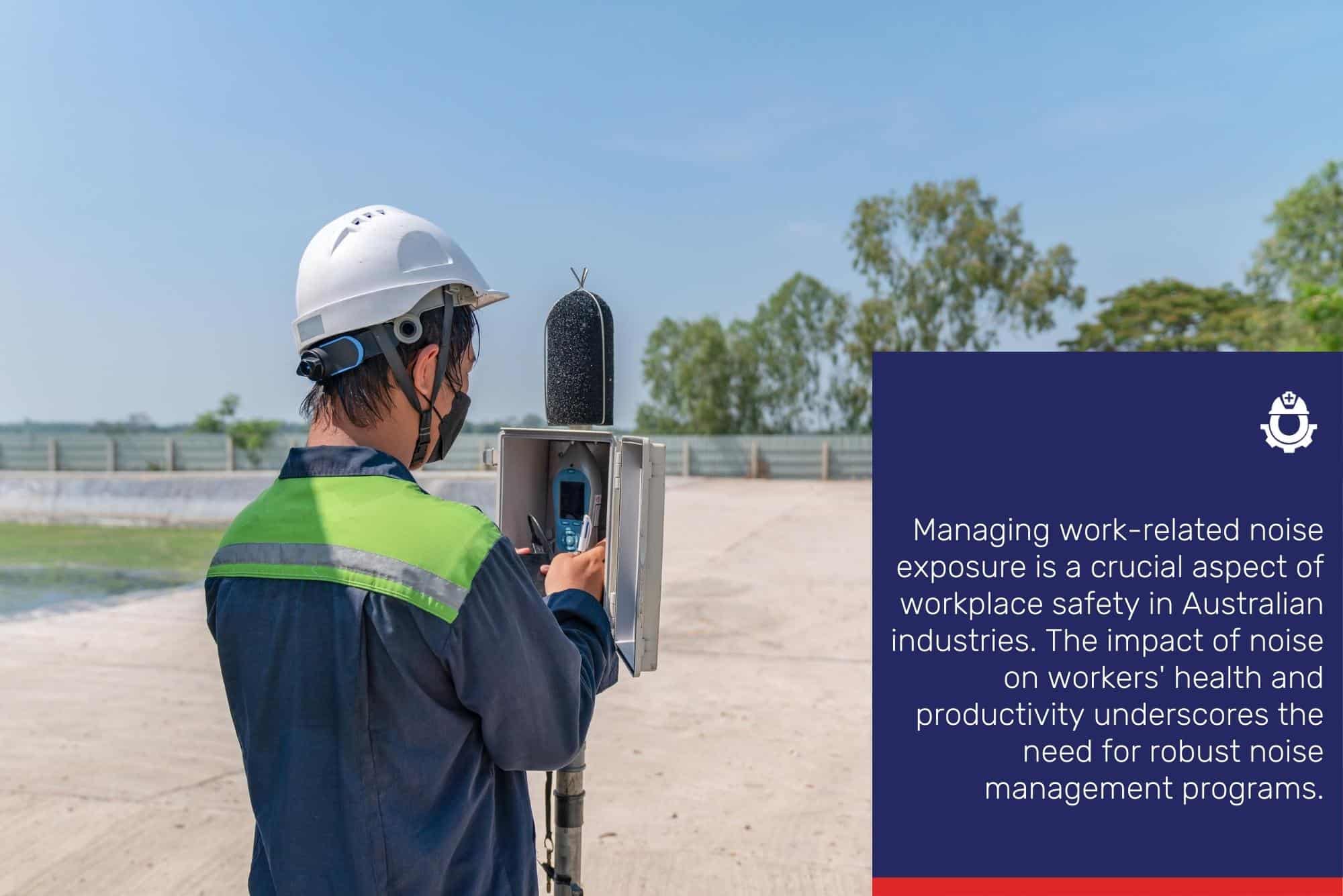
Investing in worker health and safety
Managing work-related noise exposure is a crucial aspect of workplace safety in Australian industries. The impact of noise on workers’ health and productivity underscores the need for robust noise management programs.
By adhering to work health and safety regulations, implementing effective control measures, and promoting a culture of safety, Australian industries can protect their employees’ hearing and well-being.
As individuals, employers, and industry leaders, we must prioritise the health and safety of our workforce. By investing in noise management initiatives, we not only safeguard workers’ hearing but also enhance their overall quality of life and productivity.
Let us commit to creating safe and healthy work environments, free from excessive noise exposure. Together, we can build a nation where every worker enjoys a long and fulfilling career, unhindered by the devastating effects of noise-induced hearing loss.
